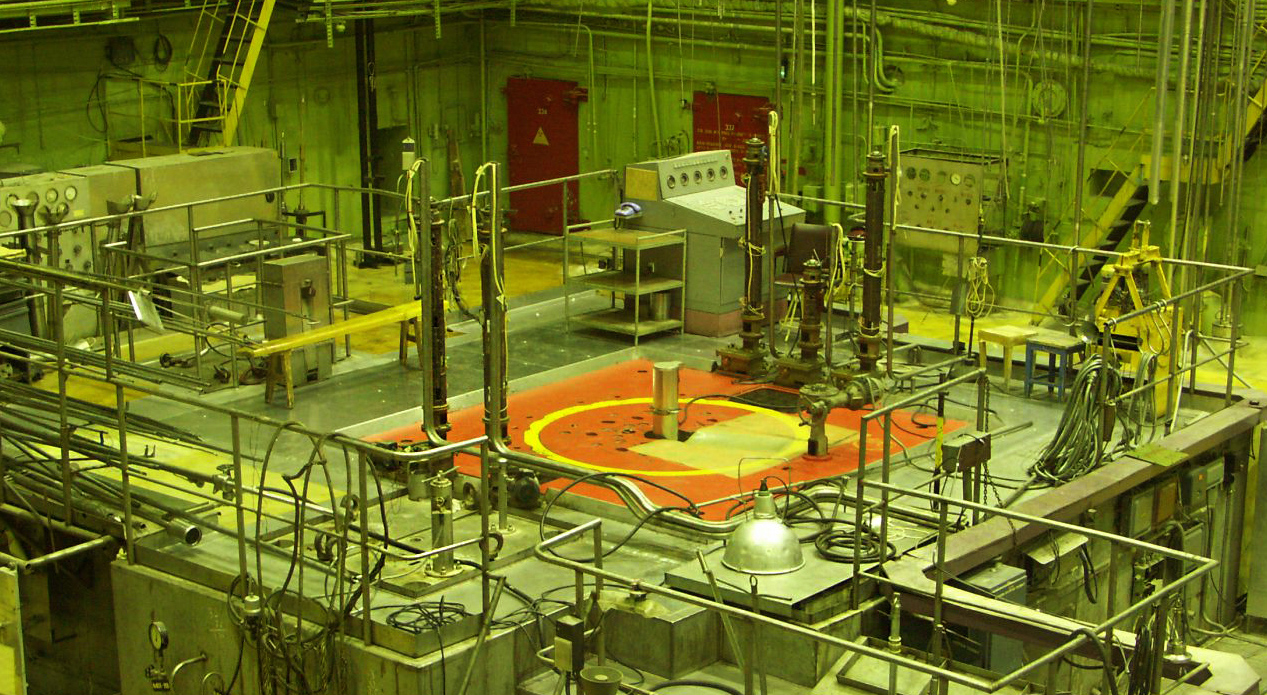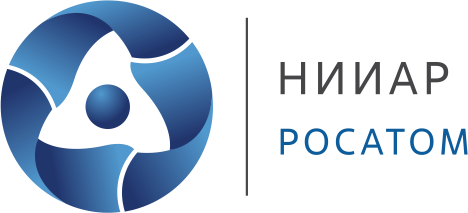RIAR’s specialists successfully completed work under the BEST project
A unique artificial Cr-51 neutrino source was manufactured at RIAR and delivered to the Baksan Neutrino Observatory of the Institute of Nuclear Research of the Russian Academy of Sciences. The work was done as part of the unique international scientific experiment “BEST” (Baksan Experiment on Sterile Transitions) in the field of neutrino physics to search a new elementary particle, so-called “sterile” neutrino. According to the calculations, the Cr-51 activity in the source at the end of irradiation in the reactor made up 3.5–3.6MCi: to obtain statistically significant experimental results, an activity of at least 3MCi is required.

“Under this project, RIAR carried out computational and experimental studies on the possibility of obtaining the required Cr-51 activity using the central neutron trap of the SM reactor; metallic chromium-50 was irradiated using the newly developed unique irradiation rig,” says Alexander Zvir, Project Manager, Deputy Director for Production”, “and only then a sealed neutrino source was made from the accumulated radioactive material.”
Earlier, the RIAR’s specialists visited the neutrino laboratory and discussed all the scientific, technical and organizational issues for preparing a complicated experiment. It should be noted that a unique work on creating the source involved employees from different RIAR’s departments: Research Reactors Complex, Radionuclide Sources & Preparations Department, Design & Construction Department, Chief Welder Service, and Radiation Safety Department.
Professor Vladimir Gavrin, A.M. of the Russian Academy of Sciences said that once delivered to the Baksan Neutrino Observatory on July 5, the neutrino source was placed into the irradiation channel of gallium detector of gallium-germanium neutrino telescope. The BEST experiment has started. The first results of the BEST experiment are expected to be published in 2020.
For your information only:
Neutrino is one of the elementary particles that is extremely difficult to register, since it practically does not interact with matter. Scientists believe that determining neutrinos properties will significantly advance understanding in the physics of elementary particles, fundamental laws of the Universe and sensing the Universe development after the Big Bang.
The BEST experiment is assumed to help answer the question about the existence of the fourth type of neutrino - “sterile” (in addition to electronic, tau- and muon).
The BEST experiment is being conducted at the underground laboratory of the gallium-germanium neutrino telescope at the Baksan neutrino observatory (Baksan gorge, North Caucasus), constructed back in Soviet times specifically for studying neutrinos. Among the main areas of laboratory research is the study of internal structure and evolution of the Sun, stars, Galaxy core and other objects of the Universe by recording their neutrino radiation.
The Institute of Nuclear Research of the Russian Academy of Sciences coordinates the implementation of the BEST project, the international collaboration of which includes 15 scientific organizations in Russia, Germany, the USA, Canada and Japan.
Все права защищены. Использование материалов сайта без ссылки на источник запрещено © 2008-2023
АО «ГНЦ НИИАР» 433510, Ульяновская область, г. Димитровград, Западное шоссе, д. 9.
E-mail: niiar@niiar.ru. Тел.: 8 (84235) 9-83-83. Факс: 8 (84235) 9-83-84


